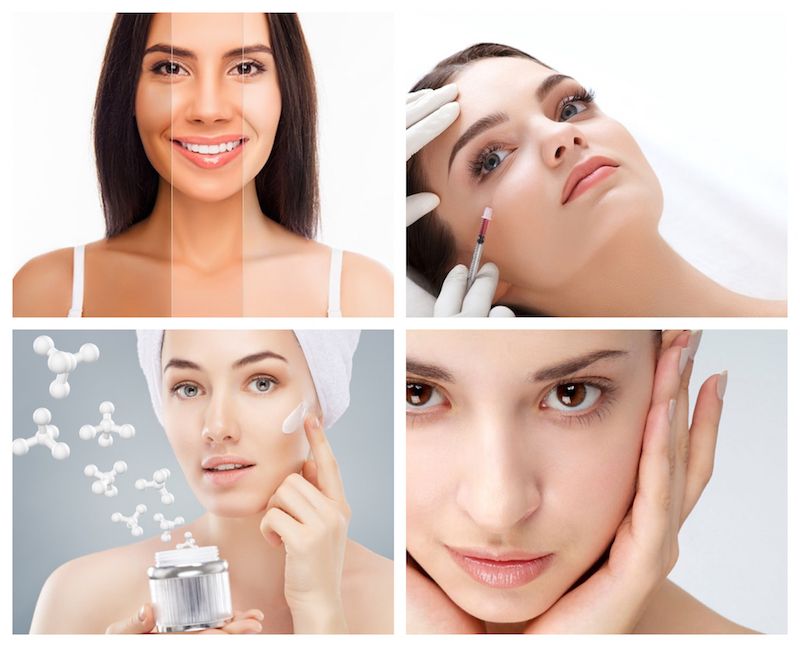The skincare industry is experiencing a technological revolution as artificial intelligence converges with exosome-based formulations, creating hyper-personalized anti-aging solutions that adapt to individual cellular needs. Market analysts project the exosomes skincare sector to reach eight hundred nine million dollars by 2032, driven primarily by AI-powered diagnostic platforms that customize regenerative treatments at unprecedented precision levels.
Exosomes, nano-sized vesicles measuring thirty to one hundred fifty nanometers, function as cellular messengers carrying proteins, lipids, and nucleic acids between cells. These microscopic packages stimulate collagen production, reduce inflammation, and enhance tissue regeneration at the cellular level. Unlike conventional anti-aging ingredients that work on skin surfaces, exosomes penetrate deeply to activate fibroblasts and trigger intrinsic repair mechanisms.
The integration of artificial intelligence represents a paradigm shift in formulation development and consumer application. Machine learning algorithms now analyze multiple skin biomarkers including pH levels, moisture content, sebum production, and environmental exposure patterns. This data-driven approach enables laboratories to engineer exosome serums precisely calibrated to individual skin profiles, eliminating the traditional one-size-fits-all methodology that has dominated skincare for decades.
Clinical evidence supporting exosome efficacy continues mounting. Recent studies demonstrate that human stem cell-derived exosomes reduce hyperpigmented lesions and improve skin radiance within eight weeks of topical application. These depigmenting effects occur through suppression of melanogenic enzymes and downregulation of tyrosinase activity. Additional research shows exosomes enhance wound healing, improve skin elasticity, and deliver measurable anti-aging benefits without triggering adverse immune responses.
The production landscape favors human-derived exosomes, which currently command thirty-five point six percent of market share due to superior biocompatibility and safety profiles. These exosomes, extracted from human stem cells and tissue fluids, seamlessly fuse with skin cells without causing irritation or inflammatory reactions. Plant and animal-derived alternatives face compatibility challenges and higher rejection risks among sensitive skin populations.
Product formats reflect consumer preferences for concentrated delivery systems. Exosome serums dominate with forty-two point six percent market share, as their lightweight formulations enable deeper penetration compared to creams or lotions. The nano-size particles in serum preparations facilitate rapid cellular absorption and stimulate extracellular matrix proteins for sustained anti-aging effects. Consumers particularly value the non-greasy finish that distinguishes serums from traditional heavy moisturizers.
AI functionality extends beyond initial formulation into ongoing treatment optimization. Smart diagnostic platforms continuously monitor skin response patterns, adjusting ingredient concentrations and delivery methods based on real-time feedback. This dynamic personalization represents a fundamental departure from static skincare routines, creating adaptive systems that evolve alongside changing skin conditions throughout winter months when environmental stressors intensify.
Investment capital flows heavily into biotech startups developing next-generation exosome extraction and characterization methods. Major cosmetics corporations including global beauty conglomerates are partnering with biotechnology firms to scale production of bio-synthetic ingredients. These collaborations aim to overcome current challenges including high manufacturing costs, complex regulatory frameworks, and quality standardization issues that currently limit widespread market penetration.
Medical professionals increasingly incorporate exosome treatments into dermatological practices, particularly within medical spas offering regenerative aesthetic services. Practitioners combine topical exosome applications with microneedling and laser procedures to enhance cellular uptake and maximize therapeutic outcomes. This integration of professional treatments with at-home maintenance products creates comprehensive anti-aging protocols that address both immediate concerns and long-term cellular health.
Regulatory complexities present ongoing challenges as exosome-based products occupy a gray area between cosmetics and pharmaceutical interventions. Standardization remains problematic due to variability in cell sources, isolation methodologies, and storage protocols. Industry leaders advocate for establishing clear quality benchmarks and consistent characterization standards to facilitate regulatory approval and ensure consumer safety across expanding product categories.
The winter season proves particularly advantageous for exosome therapy adoption. Cold temperatures and indoor heating create harsh conditions that stress natural repair mechanisms, making cellular-level interventions more immediately apparent. Consumers adopting exosome protocols during these challenging months report fewer emergency dermatology visits and improved skin resilience compared to those using conventional moisturizers.
Market penetration varies significantly by geography. North America leads with thirty-eight point seven percent global market share, driven by strong consumer demand for premium skincare innovations and robust presence of established exosome companies. Asia Pacific follows closely at thirty-two percent, fueled by changing beauty preferences and cultural acceptance of advanced biotechnology applications in personal care.


